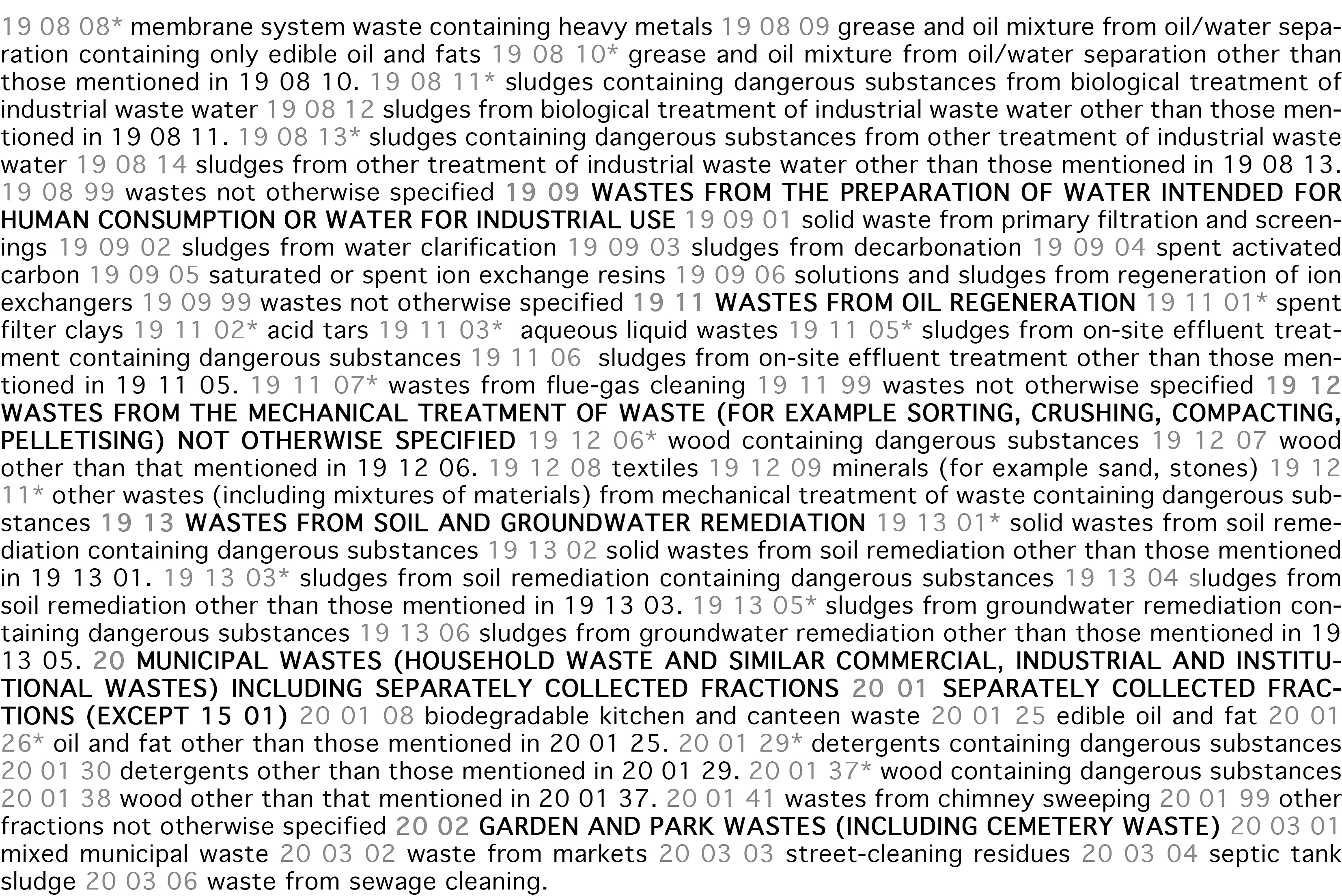1. Almásfüzitő: An Index
Almásfüzitő, Hungary
Conohar Scott & Greenpeace
The Almásfüzitő: An Index project was conducted in collaboration with Greenpeace, Hungary, in order to protest against a licence issued by the Hungarian Environmental Protection Authority (April 2011), which granted a company named as TATAI permission to blend 166 toxic industrial wastes, and a further 244 non-toxic industrial wastes, into the already toxic red mud ponds of the Almásfüzitő Aluminium Factory on the banks of the Danube.
At the time of the protest, Greenpeace was preparing a legal case for the EU Commission, in order to hold the Hungarian government to account for issuing a licence to process industrial wastes, which was thought to be in contravention of EU law. Almásfüzitő: An Index was printed and dispatched to twenty influential environmental scientists, EU politicians, representatives of the Hungarian government and EU officials, in a bid to raise the visibility of the environmental health threat offered by the TATAI operation. On 22 November 2013 the European Commission announced their intention to open infringement proceedings against the Hungarian government because of the waste management procedures ongoing at Almásfüzitő, thus vindicating Greenpeace.
The artwork features ten photographs presented alongside text plates of equal number, which list the extent of a contested licence issued by the Hungarian authorities in full. The codes listed in the text plates are standardised across the EU. As a guide two digit codes, such as 01, are waste category headings. Four digit codes, such as 01 04, refer to category subheadings. Six digit codes, such as 01 04 11, signify the individual categories of waste permitted in the licence. Furthermore, codes with an * refer to wastes which are deemed to be toxic. At Almásfüzitő the toxic and non-toxic wastes can mix and react together with unpredictable results.
To view the project in full, please follow the link to the PDF publication below.
︎ Almásfüzitő: An Index




















